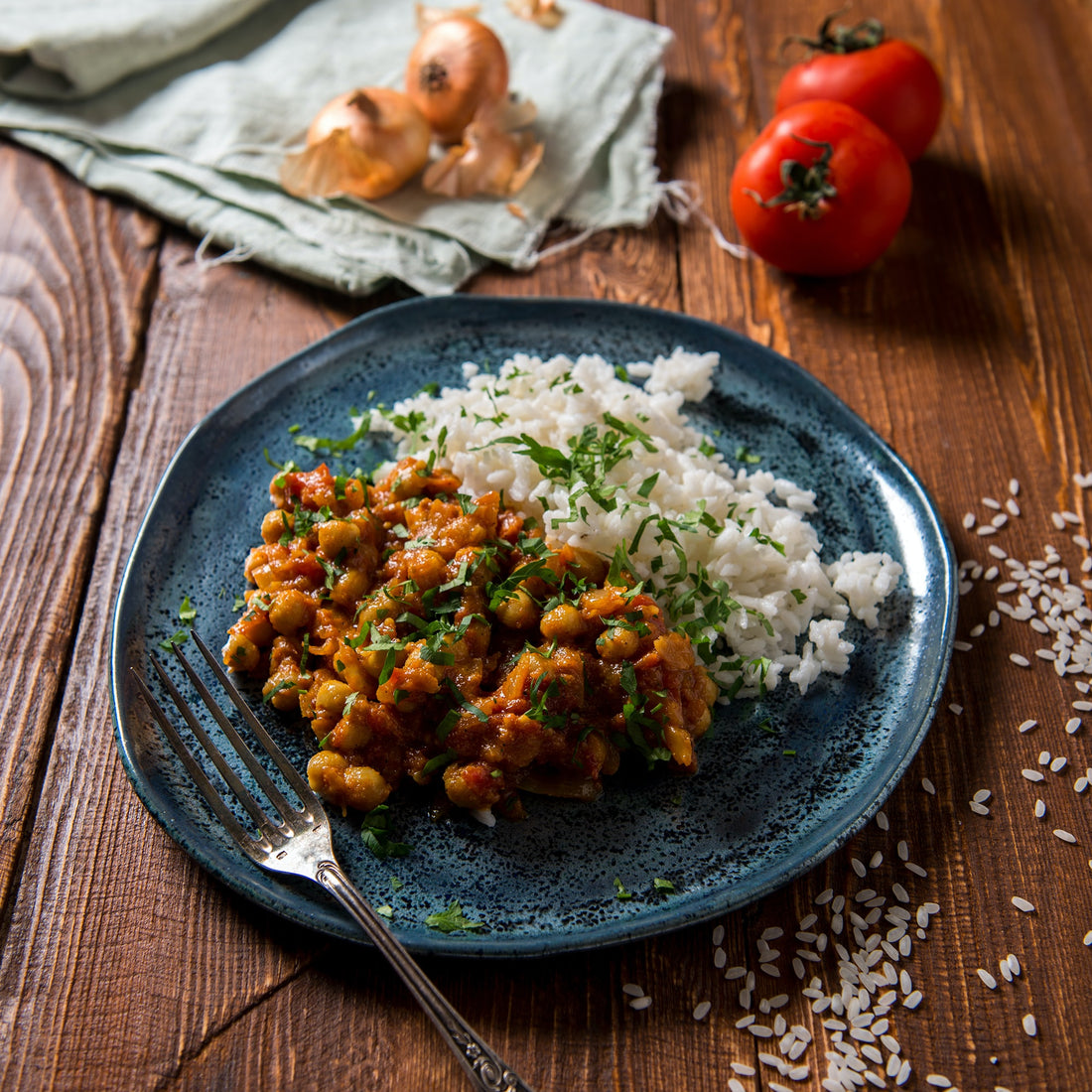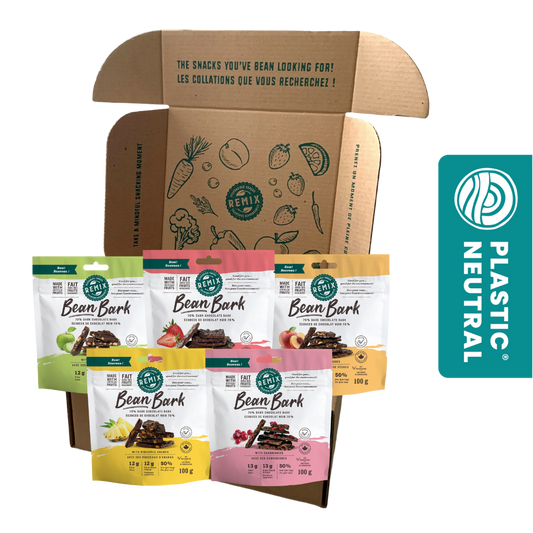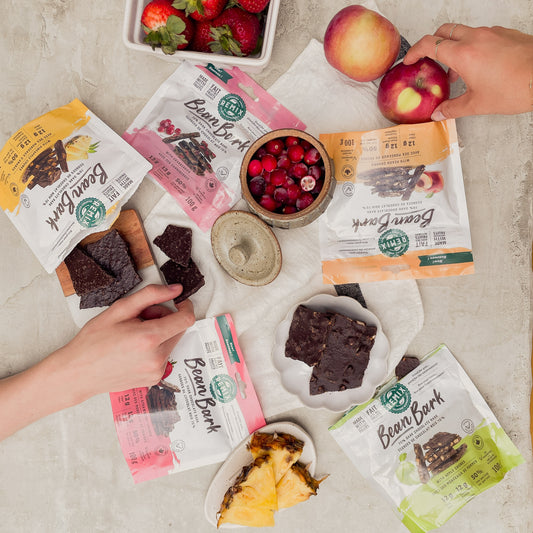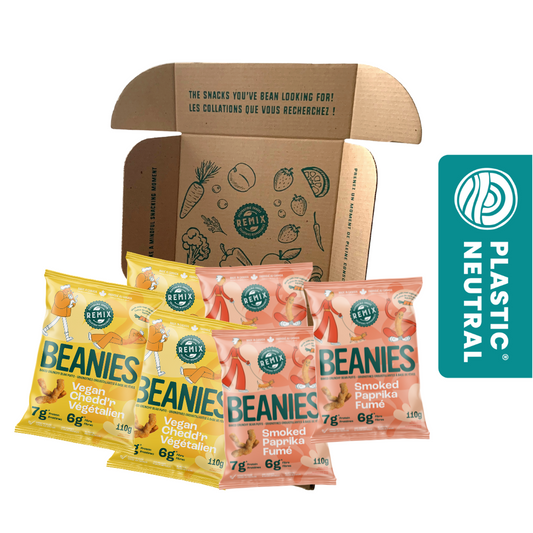Written by: Yangyue Zhang, Feb 2023
Protein is a key nutrient that plays a vital role in our bodies, but beyond the general understanding of its function, there's much more to discover. When reading the nutrition label, have you encountered the terms amino acids and complete protein? Many people are curious about these terms and their significance in our diet. In this blog, we aim to shed light on the topic of complete protein, what it is, and why it's important to include it in your diet. Join us in this educational journey as we delve deeper into the world of protein and expand our understanding of this essential nutrient.
Amino acid and complete protein
Protein is one of the macronutrients that are found in food, and it is also the building block for our muscles and organs (Harvard, 2021). We all recognize that incorporating protein into our diet is crucial and necessary, but many people may not know why.
Amino acids are the elementary units of protein whereas different types and arrangements of amino acids can yield different forms of protein. Hundreds of amino acids are discovered in nature, but only 20 of them are required to produce proteins that are found in the human body (Lopez & Mohiuddin, 2022). Amino acids can be broken down into 2 different categories: essential and non-essential. Nine out of these are essential amino acids, which means that our body cannot naturally synthesize them. Instead, we obtain them from food to maintain the production of protein.
The nine essential amino acids are listed below:
- Phenylalanine
- Valine
- Tryptophan
- Threonine
- Isoleucine
- Methionine
- Histidine
- Leucine
- Lysine
The remaining amino acids are called non-essential amino acids, which means they are generated in a sufficient amount in the human body. Histidine and arginine are occasionally recognized as essential since they are only in deficit during special periods of life, like recovery from trauma, pregnancy and the growth spurt of adolescence (Lopez & Mohiuddin, 2022).
A complete protein is a food source that contains all the essential amino acids that humans need.
Common examples are poultry, egg and some plant-based protein like soy and quinoa.
Why are Beanies a complete protein?
The puff base of the Beanies is a blend of mung bean flour, sorghum flour and upcycled carrots. Although individually, these ingredients are not considered complete protein sources, the combination of mung bean and sorghum flour creates a complete protein due to their complementary nature. Specifically, mung bean flour is a great source of leucine, lysine, phenylalanine and tyrosine but is deficient in methionine (Yi-Shen et al., 2018).
However, with the addition of sorghum flour, the amount of methionine would be increased which makes it a source of complete protein (Serna-Saldivar & Espinosa-Ramírez, 2019). This concept could also be applied to our eating routine where we don't need to consume complete proteins at every meal, but instead can spread out essential amino acids throughout the day.
A common example for complementary protein is grains and beans, while both of them are also complementary to nuts and seeds. With this idea, we could have more food choices that improve our dietary diversity. Here is a chart of examples that you can practice in the future:
|
Complementary Protein |
Example Food: |
|
|
Grains + Nuts and Seeds |
Peanut butter sandwich |
|
|
Grains + Dairy Products |
Grilled cheese |
|
|
Nuts and seeds + Dairy products |
Nut containing yogurt |
|
|
Beans + Grains |
White bean pasta |
|
|
Beans + Nut and seeds |
Green beans with walnuts |
|
References
Lopez, M. J., & Mohiuddin, S. S. (2022). Biochemistry, Essential Amino Acids. In StatPearls. StatPearls Publishing.
School of Public Health, Harvard. (2021, November 12). Protein. The Nutrition Source. Retrieved February 9, 2023, from https://www.hsph.harvard.edu/nutritionsource/what-should-you-eat/protein/
Serna-Saldivar, S. O., & Espinosa-Ramírez, J. (2019). Grain structure and grain chemical composition. In Sorghum and Millets (pp. 85–129). AACC International Press. AACC International Press. https://doi.org/10.1016/B978-0-12-811527-5.00005-8.
Yi-Shen, Z., Shuai, S., & FitzGerald, R. (2018). Mung bean proteins and peptides: nutritional, functional and bioactive properties. Food & nutrition research, 62, 10.29219/fnr.v62.1290. https://doi.org/10.29219/fnr.v62.1290





